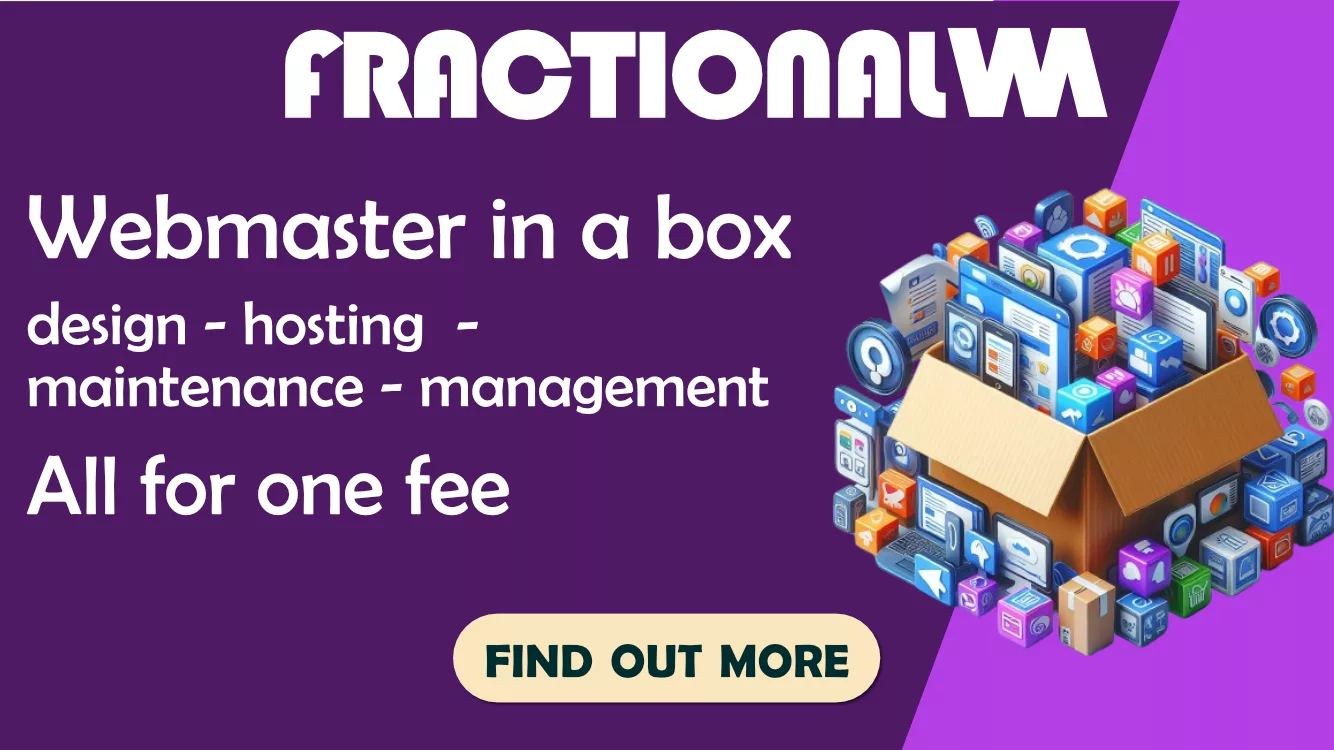In the great technology gold rush of the 21st century, artificial intelligence (AI) is the motherlode. While giants like Google and Microsoft build the digital pickaxes and shovels, the race to equip the millions of prospectors—the small and medium businesses (SMBs) that form the backbone of the economy—is reaching a fever pitch. For years, this market has been a brutal slugfest between titans like Dell and Lenovo, a war fought over server specs and price points. But this week, Lenovo threw a devastatingly effective combination punch. With its new suite of IT infrastructure solutions, Lenovo has shifted the fight away from raw hardware and onto a battlefield of its own choosing: radical simplicity. This isn’t just a product launch; it’s a brilliant, multi-layered strategic ambush aimed squarely at Dell’s core business model, positioning Lenovo to become the default AI infrastructure provider for the SMB world.
The ‘Easy Button’ for the AI Revolution
The genius of Lenovo’s announcement lies in its profound understanding of its target audience. SMBs do not have armies of IT specialists, data scientists or procurement experts. They have a handful of over-extended people who need technology that simply works. The core of Lenovo’s new offering is the “Business Ready Infrastructure in a Box”—a concept so powerful it’s almost insulting in its simplicity. Instead of forcing a small business owner to navigate a dizzying array of server configurations, memory options and software licenses, Lenovo is offering pre-tested, pre-validated and pre-integrated solutions designed for specific outcomes.
Want to run modern apps at the edge of your business, like in a retail store or on a factory floor? There’s an “AI Edge-Ready Node” for that. Need to protect your critical data from ransomware? There’s a “Business Protection in a Box” bundled with industry-leading Veeam software. This is a direct assault on the traditional IT sales model, which often thrives on complexity and customization. Lenovo is effectively providing an “easy button,” removing the guesswork and specialized knowledge required to build a modern, AI-ready IT foundation. By bundling its reliable ThinkSystem servers with essential software from partners like Microsoft and Scale Computing, Lenovo isn’t just selling components; it’s selling confidence.
The Financial Coup d’État: TruScale vs. Traditional CAPEX
The second, and arguably more potent, weapon in Lenovo’s arsenal is its financial model. The biggest barrier for SMBs adopting new technology isn’t just complexity; it’s the massive, upfront capital expenditure (CAPEX). Traditionally, a growing business had to buy a server that was far more powerful than its current needs, hoping to one day grow into it—a risky and capital-intensive bet. Lenovo’s TruScale Infrastructure as-a-Service (IaaS) completely upends this model.
By offering a flexible, consumption-based subscription, Lenovo is allowing SMBs to treat their on-premise IT infrastructure like a cloud service. This shifts the cost from a crippling upfront purchase to a predictable operational expense (OPEX). Businesses can scale their services up or down as needed, paying only for what they use. This is more than just a pricing option; it’s a strategic advantage that removes financial risk and aligns the cost of technology directly with business growth. Lenovo’s case studies, citing 30% faster rollouts and a Brazilian company that tripled its performance, are powerful proof points. This financial flexibility is a killer feature for any CFO in the SMB space.
Outmaneuvering Dell: The Battle for the SMB AI Market
When you assemble these pieces, the strategic picture becomes crystal clear, and it has Dell squarely in its sights. For decades, Dell’s strength has been its direct-to-consumer model and its vast, highly customizable portfolio. It is the master of selling components. Lenovo’s new strategy is a textbook example of asymmetric warfare: it’s refusing to fight on Dell’s terms. Instead of competing on component specs, Lenovo is competing on complete, outcome-based solutions.
Where a business might go to Dell’s website and get lost in a sea of configuration options, Lenovo is offering a simple, curated menu. This approach is perfectly tailored to a market segment that values time and simplicity over granular control. The message is powerful: “Don’t worry about the ‘how’; just tell us the ‘what’, and we’ll give you a box that does it.” While Dell has its own APEX as-a-service offering, Lenovo’s current marketing and solution-bundling feels more aggressively and purposefully targeted at the specific pain points of smaller businesses. By creating an ecosystem with trusted names like Veeam and Microsoft, Lenovo is also positioning itself as a central, trusted partner, not just a hardware vendor. This builds a stickier, long-term relationship that is harder for competitors to disrupt.
Wrapping Up
Lenovo’s announcement is one of the most strategically significant moves in the IT infrastructure space this year. It’s a masterclass in understanding a customer segment and tailoring a multi-pronged attack that leverages product, finance and marketing in perfect harmony. By bundling pre-configured hardware and software into simple, outcome-driven “boxes” and wrapping it all in a flexible, cloud-like subscription model, Lenovo has created a deeply compelling offer for the millions of SMBs looking to step into the AI era. This isn’t just about selling more servers; it’s about fundamentally changing the conversation, and in doing so, it puts immense pressure on Dell and the rest of the market to respond or risk being left behind.








